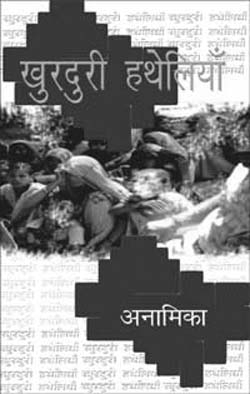In an era dominated by prose and the prosaic, poetry is a saving grace. This is especially so, when—trudging through the turbulence of times—it is able to ‘sponge-in’ the world into words, soak them with the possibilities and probabilities of humane existence without being superficial, hysterical or partisan about it. This cognitive-aesthetic soaking in of life into words through poetry is, however, a hugely demanding and humbling task. Forever caught between the lure of spontaneous overflow and a need for discip-lining of emotions and intellect; reactive egoism and a self-effacing inclusive activism; a profu-sion of clichéd slogans and discourses and an emphathetic and organic chiselling of words, the poetic grace—a sum total of its aesthetics, ethics and thematic—at one level hinges on the quality of this balance. At another level it also depends on the capacity of the writer to confront and survive the profusion of digital/virtual bytes and retrieve and reinvest the written word with cognitive and communicative values that empower not only classes but also the masses along with the written word. Anamika’s collection of Hindi poems, Khurduri Hatheliyan is marked by the impress, anxieties and inheritance of this contemporary poetic inheritance and responsibility.
December 2006, volume 30, No 12

